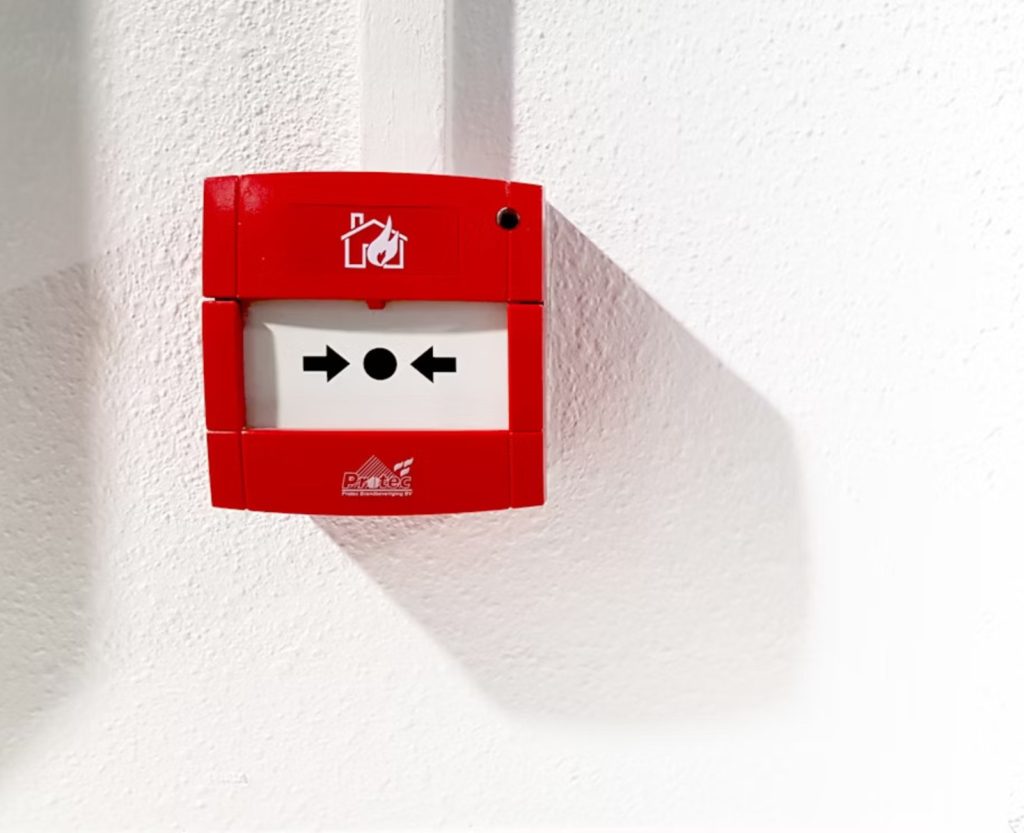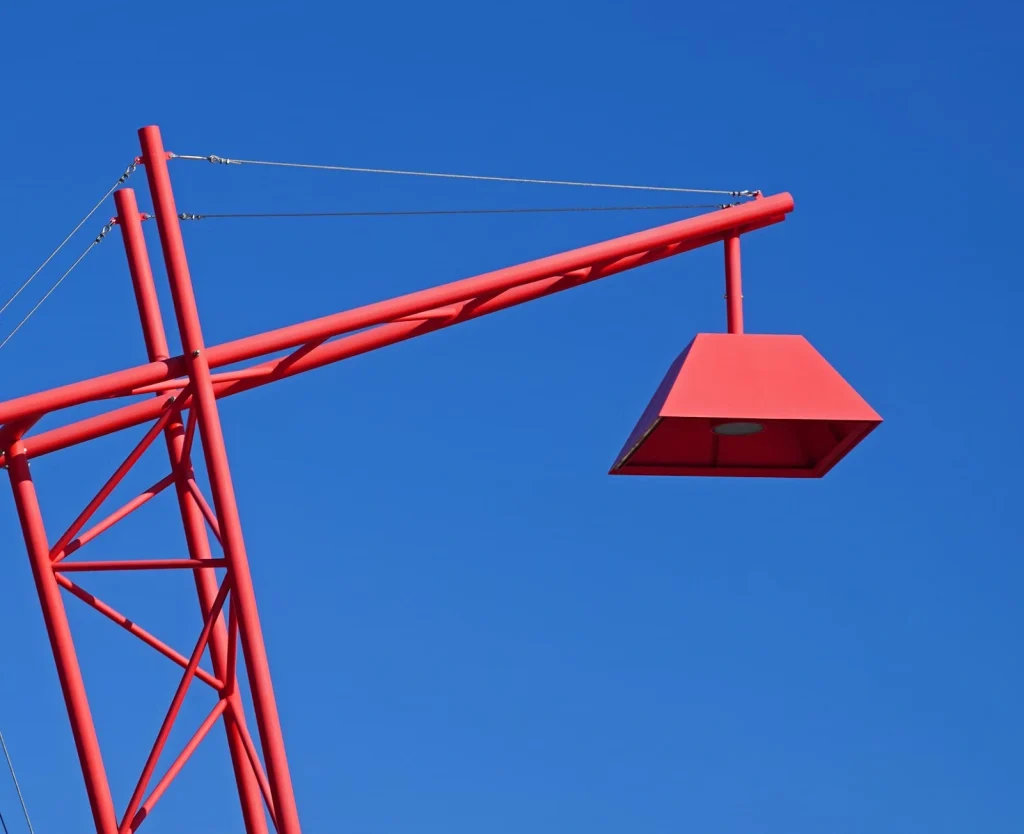Non-fungible tokens (NFTs) and their characteristics
NFT (short for the non-fungible token) is simply a single cryptographic, digital asset operating on a blockchain. Blockchain technology has helped this type of token be stored and made it possible to certify the originality and ownership of the asset.
The idea for NFTs emerged along with blockchain technology in 2014, yet until the emergence of the Ethereum cryptocurrency, did it become popular like what we’ve witnessed these days. As anything could become digital assets, there is a growing demand for buying and selling, and that is the main reason why there have been so many NFT Marketplaces nowadays.
Regarding NFTs’ characteristics, five specific properties of NFTs include but not limited to:
- Indivisibility
- Uniqueness
- Authenticity
- Portability
- Programmability
What can you list on an NFT marketplace?
As digital assets could come from anything – an image, video, soundtracks, etc.., so there are many things that could be listed on NFT Marketplaces such as:
- Digital piece of art
- Digital collectible
- NFT art app
- Unique dresses/handbags
- In-game collectibles
- Music track
Apart from several big NFT marketplaces such as OpenSea, most of the public NFT marketplaces, in reality, would target different niches so that it would be much easier to attract new users and satisfy their needs. This means these marketplaces include only a certain sort of non-fungible tokens, or just solely focus on one thing such as music-focused NFT Marketplaces (NBA Top Shot, Decent, Async Art,….), art-focused NFT Marketplaces,… to name but a few.
Must-have NFT marketplace features should be included

1. Storefront
The storefront of NFT Marketplace is like an individual store at the mall, so it is apparent that you want to design a place that is attractive and easy to navigate for your customers. If you could develop this well, you could draw many more new customers and retain existing ones for longer, which would also mean more chances of closing the deals.
It’s vital that you decide what proportion of information to display on your storefront, which may include previews, bids, owners, price history, a detailed description of each NFT, rates, and offers, to name but a few.
You should focus on what users expect to receive when they step into your front-end storefront. Usually, they would love to understand the provenance and authenticity of your NFT.
2. Advanced token search
As your top priority when developing an NFT Marketplace is to transform your customer experience into an enjoyable one, advanced token search should be a required feature. With this feature’s assistance, users are expected to get the information they need immediately with minimal effort.
This feature allows users to navigate to what they are looking for without inconvenience, for example, quickly finding the token they want. Hence, it would be best if you split your NFTs into different categories, such as music, images, videos, etc…
Integrating advanced token search into your NFT Marketplace also instantly helps users update auctions and collections, improving customer satisfaction.
3. Filters
This NFT marketplace feature is similar to the previous one, intended to enhance customer experience. Those who consider NFTs to be an investment need to sort out a list of criteria before making any decisions. Hence, categorizing products based on user choices, like price, rarity, and artists, would allow them to pick the items they need faster and increase the chance of closing the deals.
4. Listings
Listings is a must-have NFT Marketplace feature as it allows sellers to develop and send collectibles. Well-designed NFT development would make sure that customers do this fast and without any obstacles.
Any NFT Marketplace should provide step-by-step instructions on how to upload necessary files and list down specific data information, for examples: tags, titles, and description.
5. Listing status
As NFT is built upon blockchain technology, one of the characteristics of NFT Marketplace is that parties involved in the transaction are informed of the procedure. Hence, listing status allows both parties to check the status of the sell-and-buy process.
For Sellers, they can be aware of what percentage of people have viewed their files and bids during an action. More importantly, they can check whether their file has undergone verification, as collectors are more attracted to verified items.
For buyers, they can be notified after an offer is made and check the status of the confirmation process. Hence, they would know whether they could own the items they want.
6. Bidding option
Flexible pricing is expected to be a shopping trend for now and many more years. Why not make bidding a feature for your NFT Marketplace and turn it into an enjoyable experience for your customers?
This feature for your NFT Marketplace would allow sellers to generate more revenues, and buyers could check the fluctuating price before making any decisions. Don’t forget to set a bid expiration date and time, as, based on it, bidders can choose the right time to purchase or keep bidding.
7. Wallet
People still wonder whether blockchain is secure, so users must have a safe and secure cyberspace to submit and store their tokens. Yes, we would like to mention “wallet” – one of the must-have NFT Marketplace features we recommend you put on your NFT Platform.
As you are now able to create and offer a connected wallet for your own NFT Marketplace, there is no need to require users to connect with other online wallets for payment. An intelligent way to do that is not about building a wallet from the ground up but integrating some eWallets into your service. There are several common crypto platforms for you to choose such as Formatic, Coinbase,…
No matter how you build your wallet, remember to make the convenience of your users a top priority and let them store tokens and access your NFT Marketplace in the easiest way.
8. Ratings
This feature is helpful especially to those who are totally new and not equipped with knowledge of different collectibles. With this NFT feature, newbies could understand the real worth of digital assets before making any final decisions. Normally, previous users would evaluate whether the sellers are reliable or not with ratings and reviews. And to encourage more users to do the same, many NFT marketplaces even offer great rewards to users who got the most reviews on the platform.
Technologies needed to build NFT marketplaces
Regarding the technology stack commonly used for NFT marketplace development, there are several technologies that you should consider:
- React.js and Vue.js as vital technologies to build client-side
- Python, Kotlin, Swift, and Node.js as several server-side programming languages.
- MongoDB, MySQL and PostgreSQL are often chosen to build database management systems. Amazon Web Services could be an ideal option for cloud hosting.
- Speaking about blockchain technologies, there is a wide range of choices out there, a popular choice is Solana – a public blockchain platform using such programming languages as C, C++, and Rust.

Below is a recommended tech stack used for NFT Marketplace Development:
| No | Name | Description |
|---|---|---|
| 1 | Binance Smart Chain | An ecosystem is compatible with Ethereum Virtual Machine, which is designed for NFT and DeFi apps. |
| 2 | Flow | An ecosystem developed for NFT games and collectibles after the launch of CryptoKitties |
| 3 | EOS | A dGoods standard, especially for NFTs, enabling for NFTs and fungible tokens. |
| 4 | Tron | This blockchain provides a TRC-21 standard for non-fungible tokens. This is most helpful to entertainment and social media apps. |
| 5 | Solana | The system is well-known for its high transaction speed at a low transaction fee. |
| 6 | Cosmos | This ecosystem allows users to exchange digital assets across different blockchain networks. |
| 7 | WAX | This carbon-neutral blockchain network stands behind vlRL NFT standards, which work well for V-commerce and made it possible for game integration |
| 8 | Polkadot | Polkadot is a decentralized platform that enables users to perform transactions among blockchains with no other party included. |
| 9 | Cardano | The first blockchain platform was built based on peer-reviewed research. |
How to find the best NFT marketplace development services
In case you have the intention of building an NFT Marketplace and are looking for a technical partner, who could turn your vision into reality, here is a list of criteria that you should take more care of:
- Portfolio: It would be best to find a vendor with intensive experience building NFT Marketplaces. Ask them for the portfolio to see how they implemented previous projects and whether their styles fit your idea.
- Client Testimonials: Don’t just see. Hear. Client Testimonials are such a great way to explore your potential vendors, what clients love when working with your vendors, and their experience with NFT Marketplace Development.
- Scope of work: Before shortlisting vendors, ensure you already have a clear scope of work, so your task is only to find the vendor that could meet your needs and requirements. To build an NFT Marketplace, it is essential that you define which niche you want to target, which NFT Marketplace Features should be included on your platform, how payment is processed, etc.
- Tech Stacks: Technology is constantly changing, and various programming languages are available for you to consider. You also have multiple choices of blockchain networks. Hence, please find a vendor that consults you with the most suitable technology stacks before any implementation.
- Cost: Blockchain is not that new but building blockchain-enabled things as NFT Marketplace has just begun booming recently. Many businesses might need to choose blockchain vendors that set up higher costs than it is. Consider the cost carefully, and clarify clearly how you pay, whether you pay per milestones or pay per each stage of a project,… Outsourcing tech stack to agencies, like Synodus, is a good idea. You could kick off your blockchain projects starting at just $30USD/per, and we would guarantee support and maintenance without fees even after the project is completed.
- Suggested for you: Top 16 NFT marketplace development companies to partner with in 2024
Closing thoughts
When building your own NFT platform, choosing which NFT marketplace features to put on should be your highest priority, as features keep your users staying longer on the website. Several must-have NFT features are storefront, advanced token search, listings & listing status, wallet, and bidding option.
Besides, we recommend that you think of more unique NFT Marketplace features which help yours differentiate from others and stay on top of the mind of consumers. To do so, it would be much more easier for you if you partner with a technical agency. With more than 5 years of experience in blockchain technology, Synodus is more than honoured to help!
More related posts from our blockchain blog you shouldn’t skip:
- 4+ NFT Marketplaces Without Gas Fee To Save You Money
- TOP 15 NFT Analytics Tools That Investors Should Use in 2024
- NFT Marketplace Aggregator – Definition, Benefits & How it works
How useful was this post?
Click on a star to rate it!
Average rating / 5. Vote count:
No votes so far! Be the first to rate this post.




